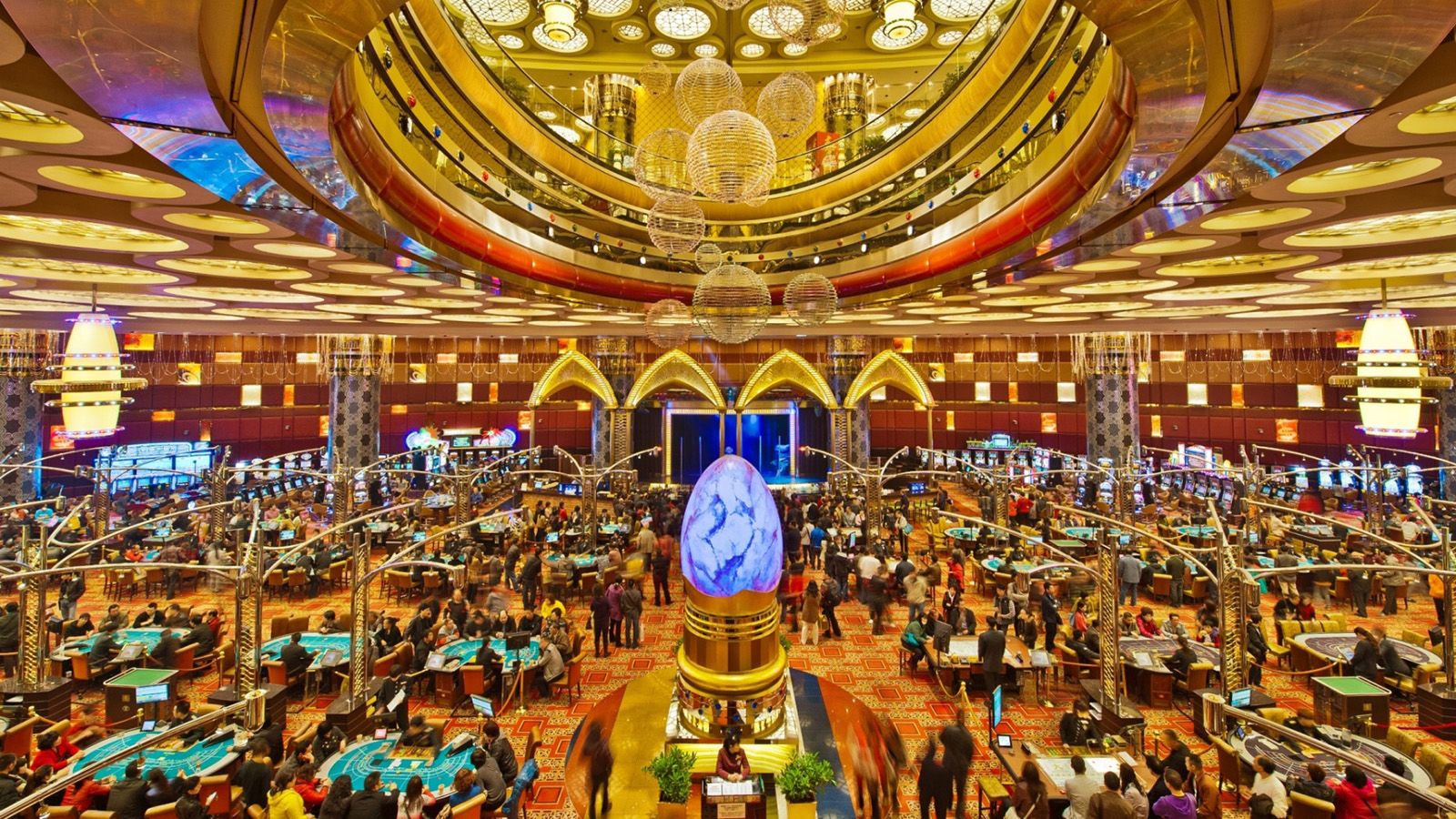
Within the dynamic and exciting world of casinos, wherein fortune and strategy intertwine, hues and design play a critical role in drawing in players. From the moment players step inside a casino or access a gaming platform, they are enveloped in a sightly feast that captures their attention and lures them to explore more. Vivid colors, captivating graphics, and innovative layouts are carefully crafted to create an environment of thrill and expectation, ultimately enhancing the gaming encounter.
As players navigate through the ever-changing landscape of casino games, they encounter a variety of designs that not only serve visual purposes but also affect emotions and choices. Hues like red and gold symbolize wealth and luck, while calm navy and greens can create a more tranquil environment. Understanding how these elements function together allows casinos to create an inviting and energizing atmosphere that encourages players to interact with the games, spend additional time at the tables, and boost their general enjoyment.
The Study of Color in Gaming Establishments
Color plays a key role in the creation of gaming experiences, shaping player emotions and responses. Vivid and striking colors, such as scarlet and gold, are often used to ignite thrill and attract notice. These shades create a feeling urgency and energy, encouraging players to involve themselves more eagerly with the activity. By thoughtfully selecting colors, designers aim to evoke feelings of pleasure and anticipation, which can enhance the overall player experience.
Various hues also have psychological associations that can affect how gamblers perceive their odds of winning. For example, green is often associated with luck and wealth, making it a frequent choice in games like the roulette wheel and poker tables. This association can result participants to feel more positive and self-assured in their gameplay, ultimately motivating them to stake more. Grasping these links allows game creators to create environments that enhance player enjoyment and engagement.
Furthermore, the layout of gaming interfaces often employs gradients and opposing shades to guide players’ responses. For case, winning outcomes may be accentuated with vivid, differing shades, creating a visual cue. This technique supports successful results and promotes repeated engagement. By leveraging color psychology, casinos can create activities that not only attract players but also hold them engaged and dedicated in their game experience.
Design Features that Engage Gamers
The visual appeal of casino games is primarily influenced by the implementation of bold colors. Bright and striking colors are strategically chosen to create an appealing atmosphere that captures attention. For instance, reds and golds often signify good fortune and wealth, which is why they are common in the color schemes of slot machines and table surfaces. These colors not only draw players in, but they also evoke emotions related to excitement and expectation, enhancing the overall gaming experience. okwintv
In addition to color, the design and organization of gambling games play a crucial role in player attraction. Games are designed to be intuitive, ensuring that players can easily understand the guidelines and mechanics. User-friendly interfaces, along with captivating graphics and motion, help maintain player interest and encourage extended play sessions. The physical elements, such as the texture of the buttons and the sounds of the games, also add to a comprehensive sensory experience that keeps players immersed.
In conclusion, conceptual elements in gaming design can greatly influence gaming decisions. Many gambling games are inspired by media, myths, or exploration motifs, incorporating symbols and characters that connect with players. These themes create a sense of immersion and connection, making each game feel unique. When players feel a bond to the theme, they are more likely to opt for that game over others, leading to increased participation and excitement within the casino environment.
Case Studies: Notable Casino Table Game Designs
One noteworthy example of effective gambling game design is the well-known slot machine series based around blockbuster movies. Games such as those based on the The Wizard of Oz and Game of Thrones utilize dynamic colors and superior graphics to immerse players in recognizable narratives. The use of moving visuals and captivating sound effects captures the interest of players, establishing an emotional connection to the theme. This strategy not only fosters longer play but also enhances the overall gaming experience, resulting in increased player retention.
Another effective case is the use of the psychology of color in table games like blackjack and roulette. Casinos often design these games with rich reds and greens, colors traditionally associated with luck and wealth. For instance, the green felt on a 21 table provides a relaxing effect, while the crimson accents in the wheel invite thrill. This intentional use of color helps to create an inviting atmosphere that encourages players to join in, addressing their psychological impulses and enhancing their enjoyment.
Finally, online casino games that feature social features and vivid, lively designs have experienced remarkable success in engaging players. Games like Zynga’s Poker and Slot-O-Mania leverage vivid colors and playful animations to forge an inviting online environment. The addition of leaderboards, community sharing options, and in-app rewards fosters competition and community, attracting players in for longer sessions. Such designs not only make the games visually attractive but also underscore community engagement, a vital factor in player retention and engagement within digital casino environments.

